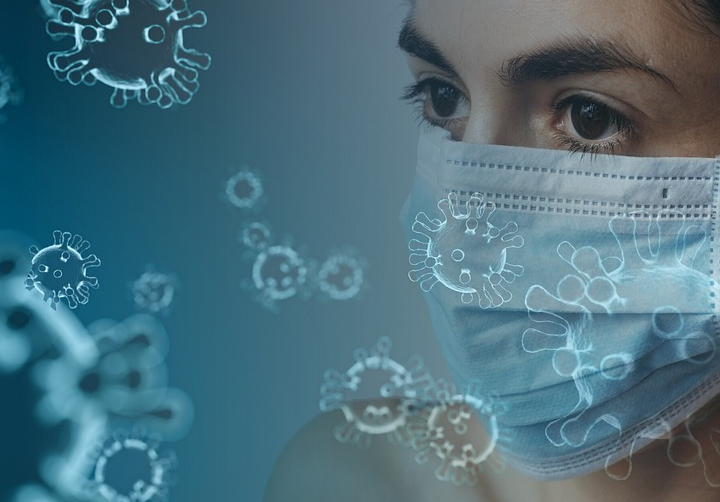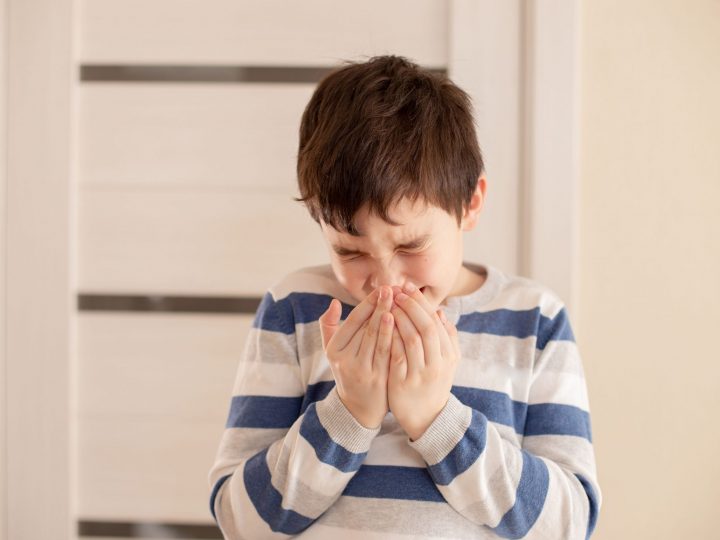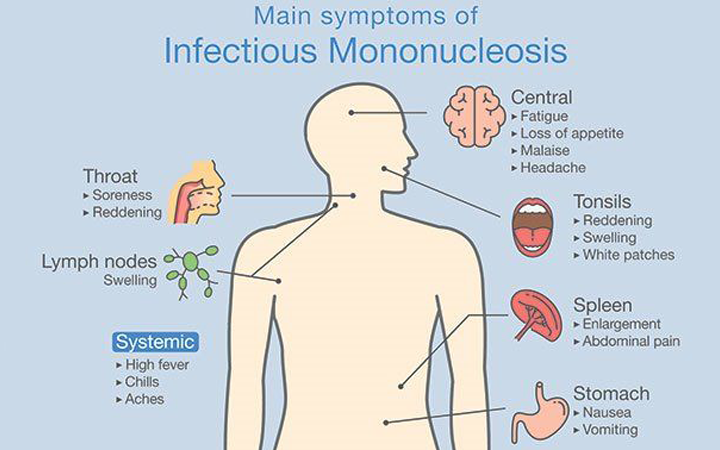Every Breath Counts: The Big Role Pneumonia Diagnostic Test Plays
Every year 12th of November is a global event and is marked as World Pneumonia Day. The day first gained identity in 2009 by WHO and UNICEF for the purpose of ‘stop pneumonia’. On this day, several seminars around the world are conducted and campaigns are designed in localities, by hospitals and healthcare sectors to educate people and create awareness about this life-threatening disease. Some also offer free pneumonia diagnostic tests to prevent and control the prevailing infection.

Pneumonia is an infectious inflammation in the small air sacs (alveoli) of the lungs. Due to the inflammation, the air sacs gradually filled with pus and other mucus-like fluids, making breathing difficult. A pneumonia diagnostic test is advised for all people with symptoms including runny nose, fever, difficulty in breathing, tiredness, cough, etc.
Pneumonia can irrefutably be interpreted as an under-estimated deadly disease that affects people of all ages in the whole world. The main victims are newborn babies, children under 6 years of age, and older adults. According to global statistics, around 2.5 million people, of which 672,000 were children and 1 million were people above 50 years have lost their lives in 2019 due to pneumonia[1]. As per the World Health Organization, children below 5 years and older adults are at a high risk of catching the infection due to weak immunity and/or any other chronic illness.

Causes of Pneumonia
Pneumonia can be caused by bacteria and viruses, sometimes due to fungi and parasites as well.
1. Pneumonia caused by bacteria
The bacteria called streptococcus pneumonia is known to cause 52% of reported fatal cases of pneumonia in children[2]. The vaccine probe studies claim that around 20% of cases of pneumonia in children are due to haemophilus influenza[3].
2. Pneumonia caused by virus
One-third of worldwide cases of pneumonia are claimed to be due to viral infection[4]. The virus responsible to cause pneumonia includes rhinovirus, adenovirus, influenza or ‘flu’, Respiratory Syncytial Virus (RSV), and parainfluenza.
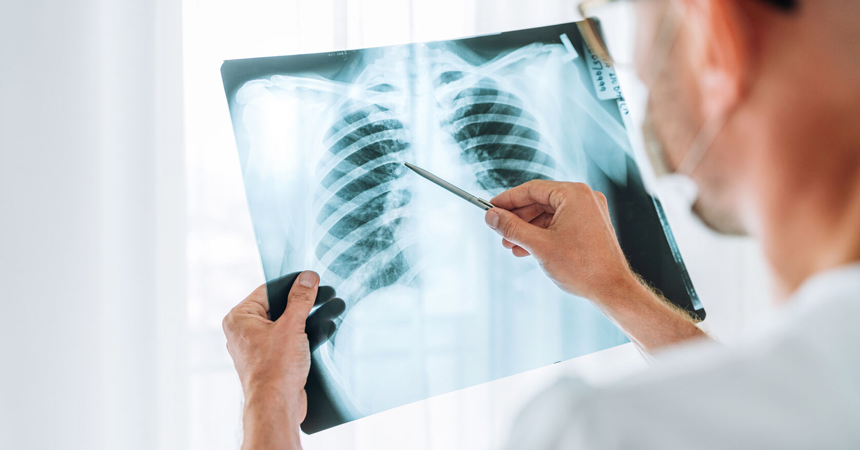
Pneumonia Transmission Route
The most common lung disease, pneumonia is an acute, contagious, and transmissible disease. Bacteria and virus-causing pneumonia can be transmitted from one infected person to another, quite easily in several ways. This tranquil and uncomplicated transmission of germs makes pneumonia, dangerous and very common.
The pathogens of pneumonia are present in the mouth and nose of an infected person. They transfer to another person via the air, when the infected person sneezes or coughs, or due to in-contact with the used glass, spoon, or cloth of an infected person.
Pneumonia Presenting Symptoms
The typical symptoms present in a person suffering from pneumonia are:
- Tiredness
- Fever and chills with sweating
- Body temperature lower than normal in adults (above 55)
- Cough (producing phlegm)
- Breathlessness (difficulty in breathing while doing normal daily work)
- Chest pain especially while coughing
How to Prevent Pneumonia?
There are several preventive measures that can keep you safe and sound from this fast-spreading infectious disease.
- Maintain a healthy lifestyle. Avoid smoking and other activities that can make the immune system weak.
- Wash your hands frequently. Prefer the use of a face mask.
- Stay hydrated and eat a nutritious and balanced diet.
- Keep your distance from the infected person.
- Immunization: get vaccinated. CDC recommends pneumococcal vaccination for everyone, particularly for children and the elderly above 55 years.
Diagnosis of pneumonia
The diagnosis procedure of pneumonia is followed by observing signs and symptoms. Pneumonia diagnostic tests such as Chest X-ray, lungs ultrasound, CBC test, sputum tests, and some other pneumonia tests are advised by doctors to evaluate the physiology of the lungs according to the criticality of the case.
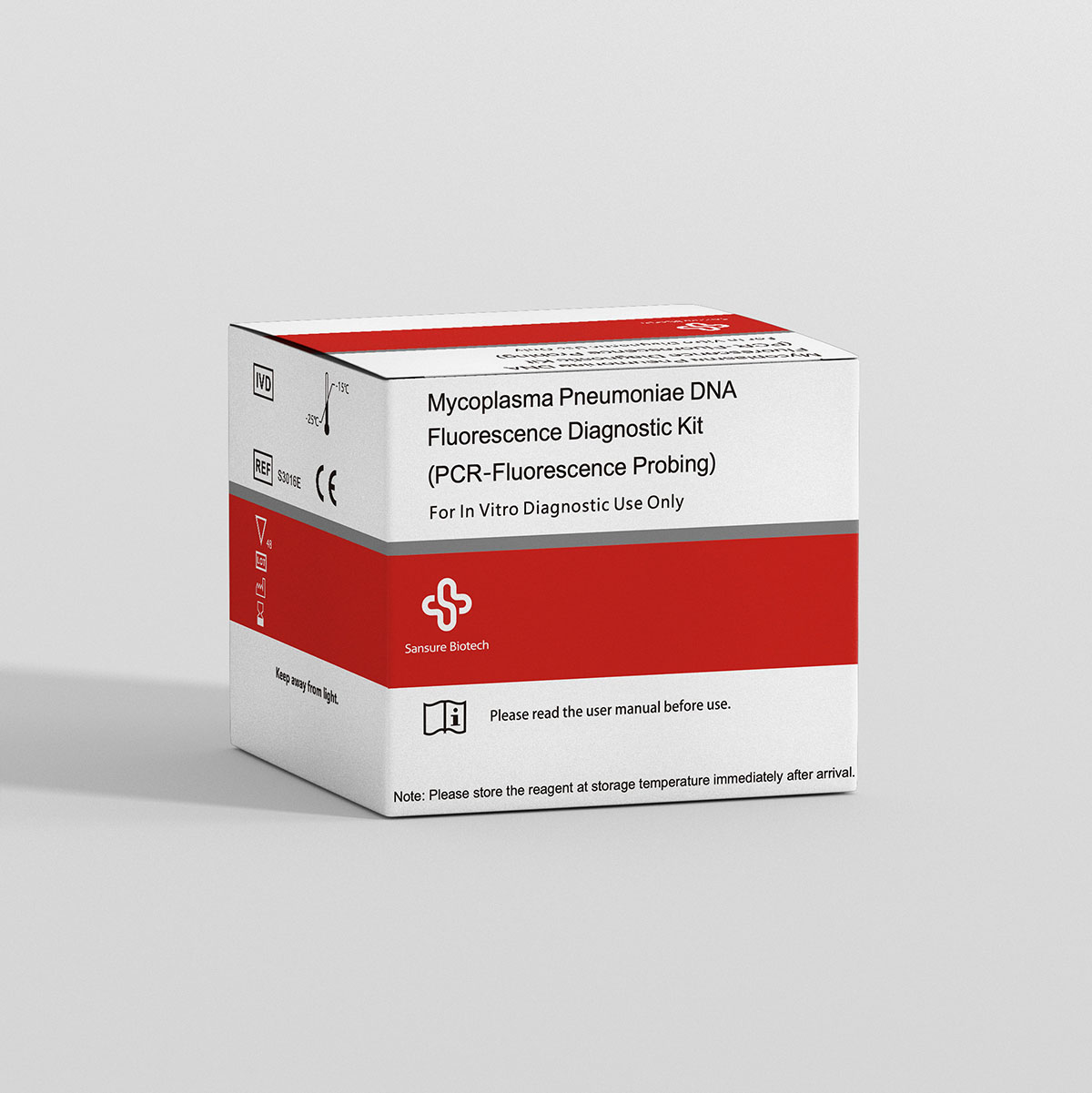
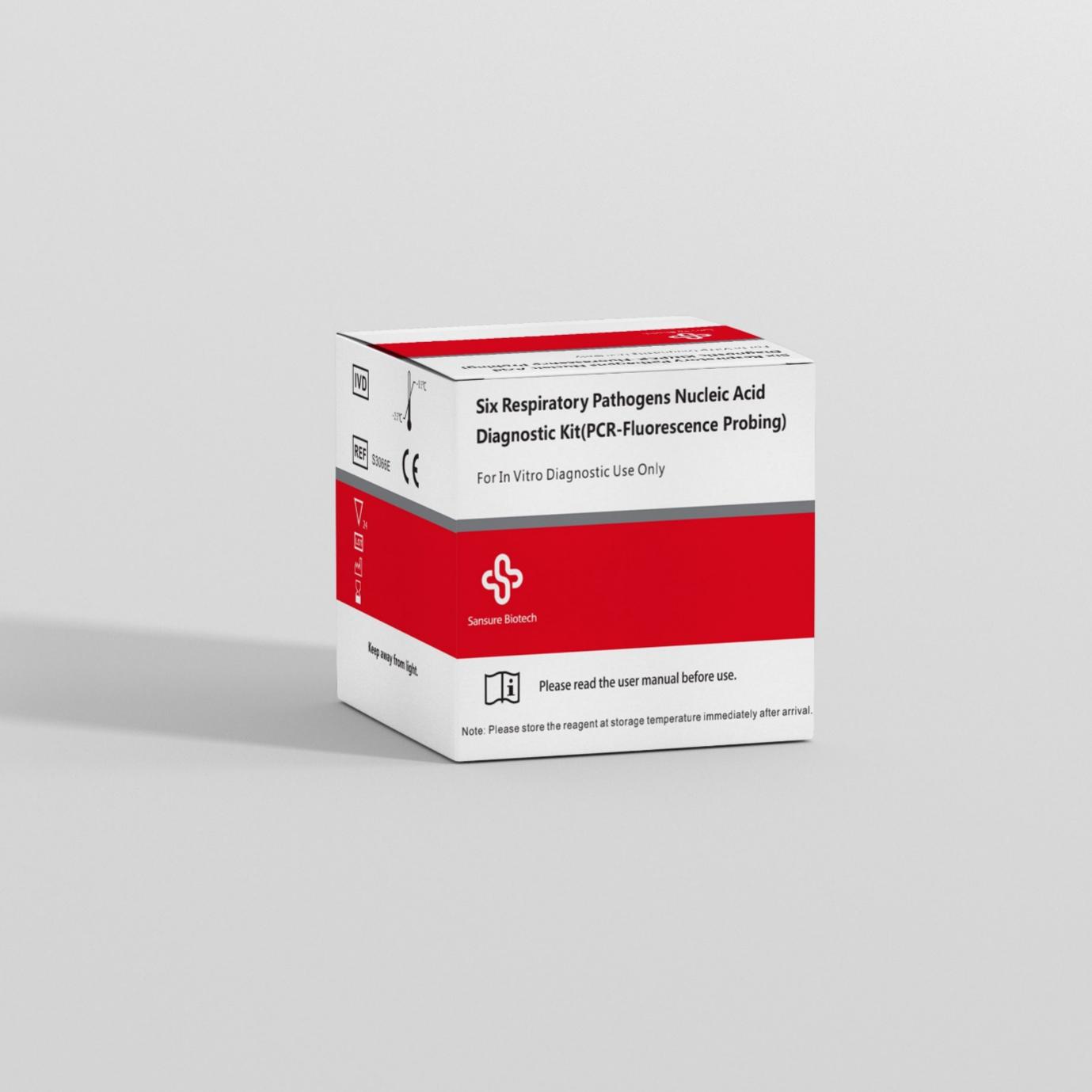
Diagnostic kit such as S3066E 6RP-Six Respiratory Pathogens Nucleic Acid Diagnostic Kit and S3016E MP – Mycoplasma Pneumoniae DNA Fluorescence Diagnostic Kit are good and easy-to-use choices for rapid and accurate pneumonia diagnostic tests.
Treatment
After conducting a pneumonia diagnostic test, your GP starts treatment which depends on the age and severity of presenting symptoms. The calculated doses of medicines such as antibiotics, antivirals, analgesics, antipyretics, bronchodilators, and nasal decongestants are prescribed.
About Us
We provide in vitro diagnostic solutions and other innovative laboratory diagnostic reagents, solutions, and instruments. The leading core technology of ours has provided over 500 recognized products for advanced-level diagnosis. If you want to know more about our products and services, send us an inquiry to info@sansure.com.cn, and we are happy to help you out.
References:
[1] World Pneumonia Day
https://stoppneumonia.org/latest/world-pneumonia-day/
[2] Estimates of the global, regional, and national morbidity, mortality, and aetiologies of lower respiratory infections in 195 countries, 1990–2016: a systematic analysis for the Global Burden of Disease Study 2016
https://www.thelancet.com/journals/laninf/article/PIIS1473-3099(18)30310-4/fulltext
[3] A review of the role of Haemophilus influenzae in community-acquired pneumonia
https://www.ncbi.nlm.nih.gov/pmc/articles/PMC5922337/
[4] Pneumonia

